Regulatory Support for Talc Usage
The Talc Market benefits from regulatory frameworks that support the safe use of talc in various applications. Regulatory bodies have established guidelines that ensure the quality and safety of talc products, which can enhance consumer confidence. As regulations evolve, they may facilitate the entry of talc into new markets and applications, potentially expanding its usage. This regulatory support is crucial for the Talc Market, as it helps to mitigate concerns regarding safety and environmental impact. Consequently, the industry may experience growth as manufacturers leverage these regulations to promote talc-based products.
Growth in the Pharmaceutical Sector
The Talc Market is significantly influenced by the growth of the pharmaceutical sector, where talc is utilized as an excipient in various formulations. Talc Market serves as a lubricant and anti-caking agent in tablet manufacturing, enhancing the efficiency of production processes. The pharmaceutical market is expected to grow substantially, with estimates suggesting it could reach over 1.5 trillion USD by 2025. This growth is likely to bolster the demand for talc, as pharmaceutical companies increasingly rely on talc for its beneficial properties. Consequently, the Talc Market stands to gain from the expanding pharmaceutical landscape, as more companies incorporate talc into their product lines.
Rising Demand in Personal Care Products
The Talc Market is experiencing a notable increase in demand due to its extensive use in personal care products. Talc Market is a key ingredient in cosmetics, such as face powders and deodorants, owing to its absorbent properties and smooth texture. The Talc Market is projected to reach approximately 800 billion USD by 2025, with talc playing a crucial role in this growth. As consumers become more conscious of product formulations, the demand for talc-based products is likely to rise, driven by the need for natural and safe ingredients. This trend suggests that the Talc Market will continue to expand as manufacturers seek to meet consumer preferences for high-quality personal care items.
Emerging Markets and Economic Development
The Talc Market is poised for growth in emerging markets, where economic development is driving increased consumption of talc-containing products. As countries develop, there is a rising demand for personal care, industrial, and pharmaceutical products, all of which utilize talc. For instance, regions in Asia and Africa are experiencing rapid urbanization and rising disposable incomes, leading to greater consumption of talc-based products. This trend suggests that the Talc Market will likely expand as manufacturers target these emerging markets, adapting their strategies to meet the evolving needs of consumers in these regions.
Increasing Use in Industrial Applications
The Talc Market is witnessing a surge in demand from various industrial applications, including plastics, ceramics, and paints. Talc Market is valued for its ability to enhance the properties of these materials, such as improving strength and reducing viscosity. The Talc Market alone is projected to exceed 600 billion USD by 2025, with talc being a preferred additive in many formulations. This trend indicates a growing reliance on talc in industrial sectors, which may drive further expansion of the Talc Market. As industries seek to improve product performance and reduce costs, the incorporation of talc is likely to become more prevalent.


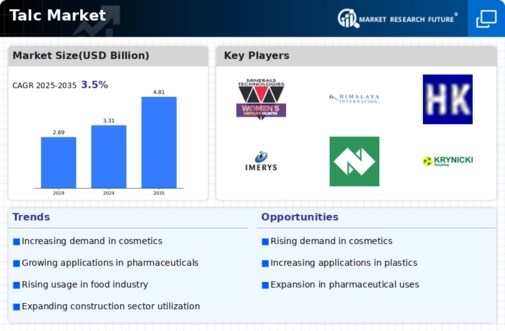
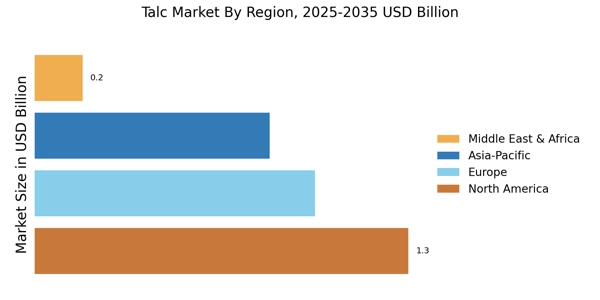
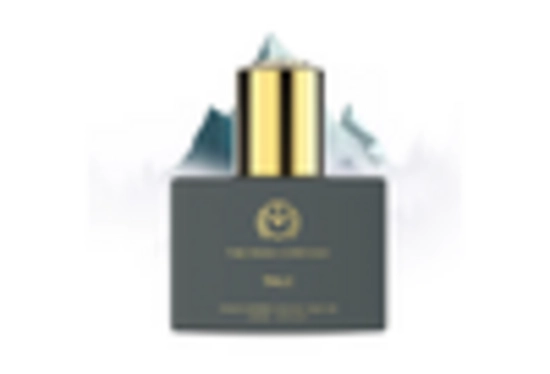
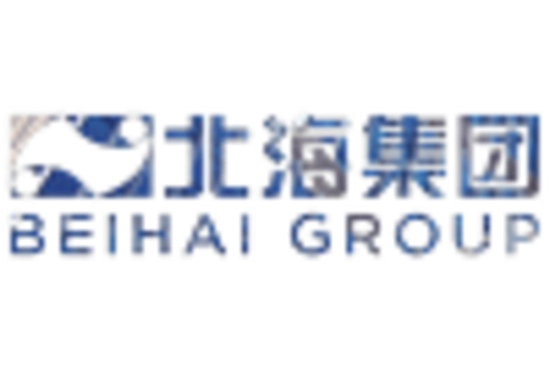
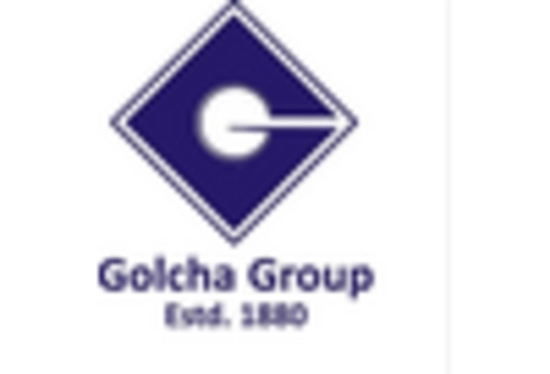
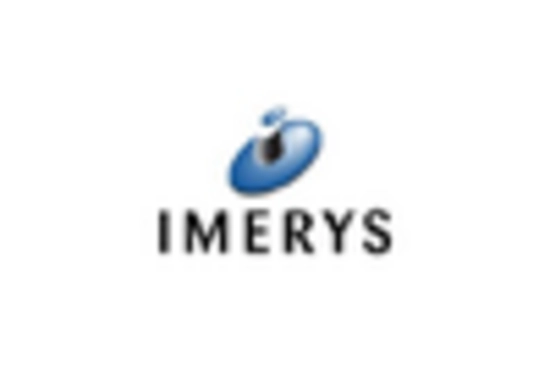
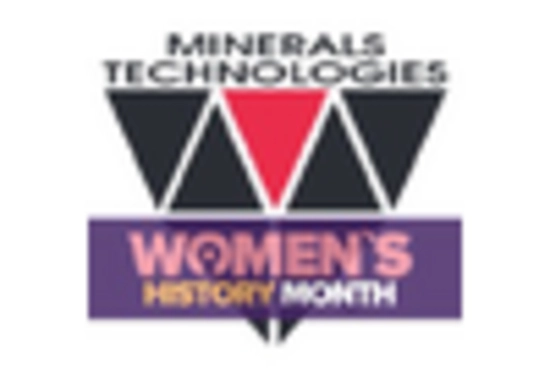
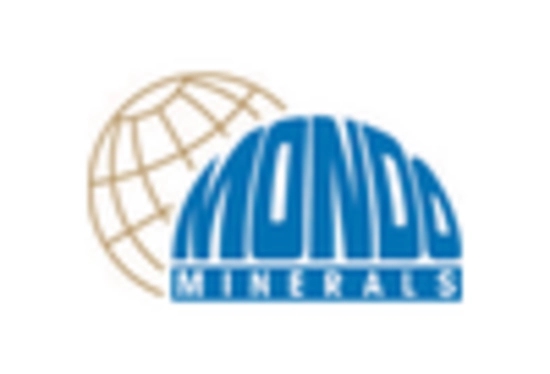








Leave a Comment